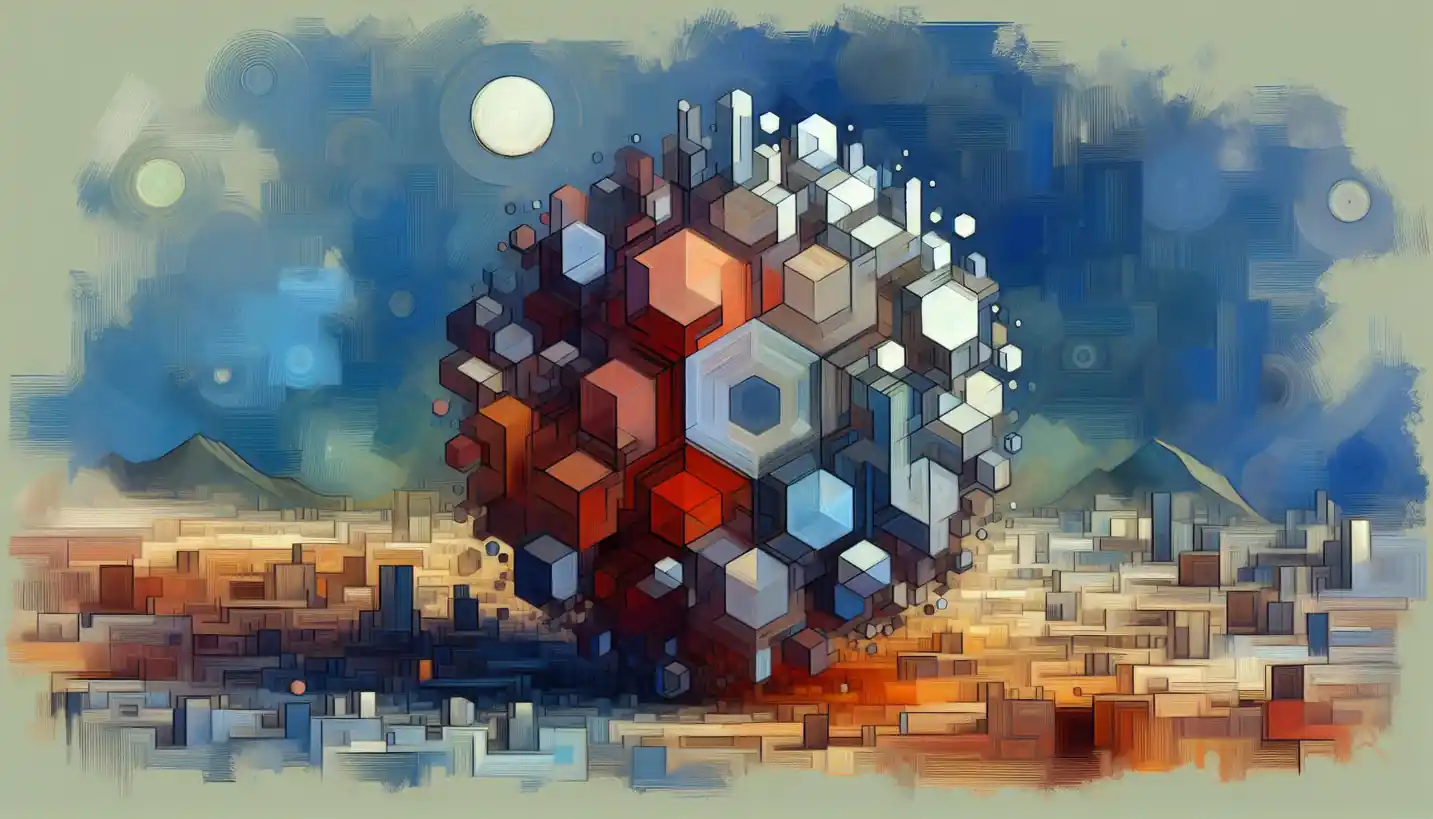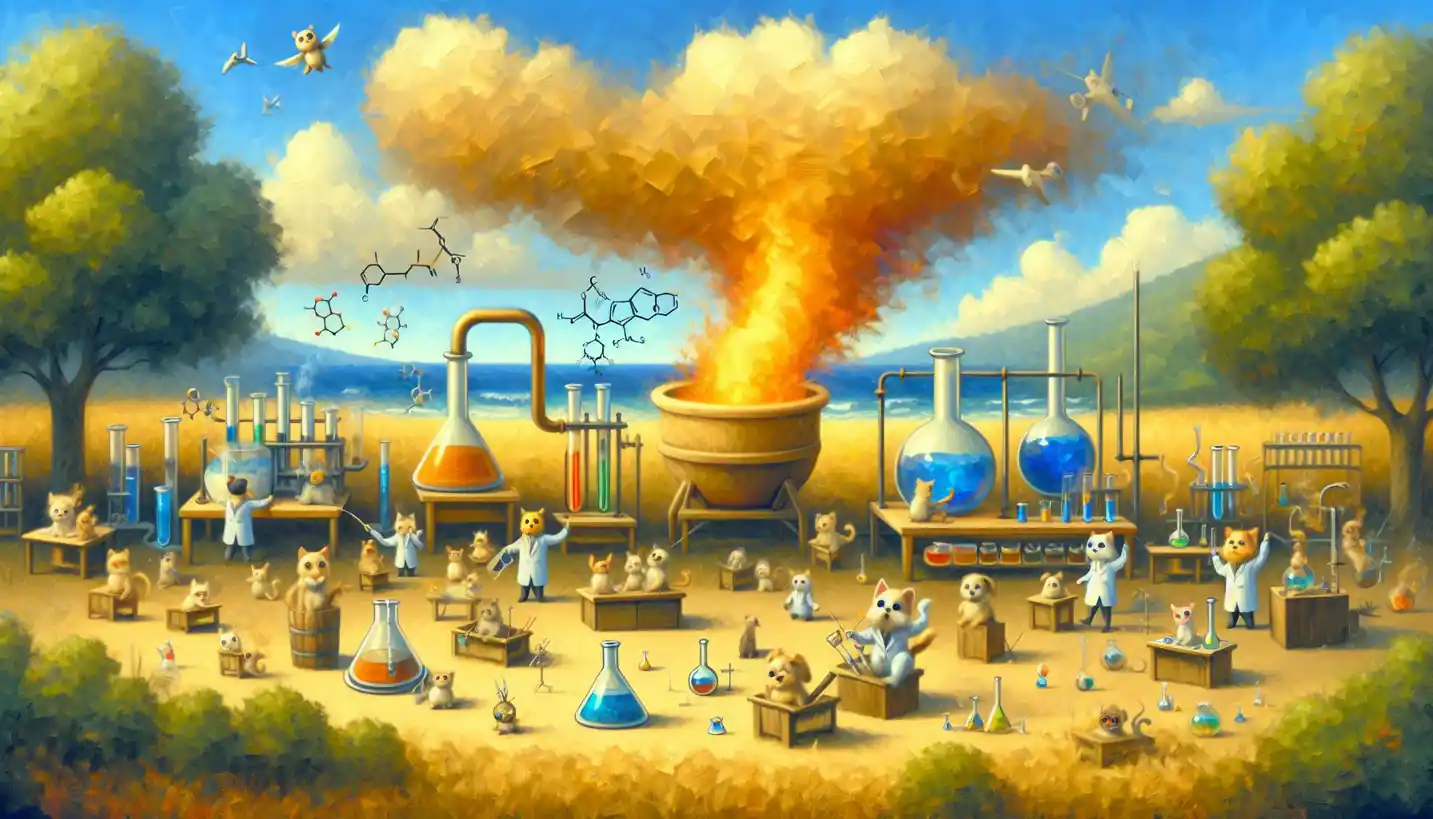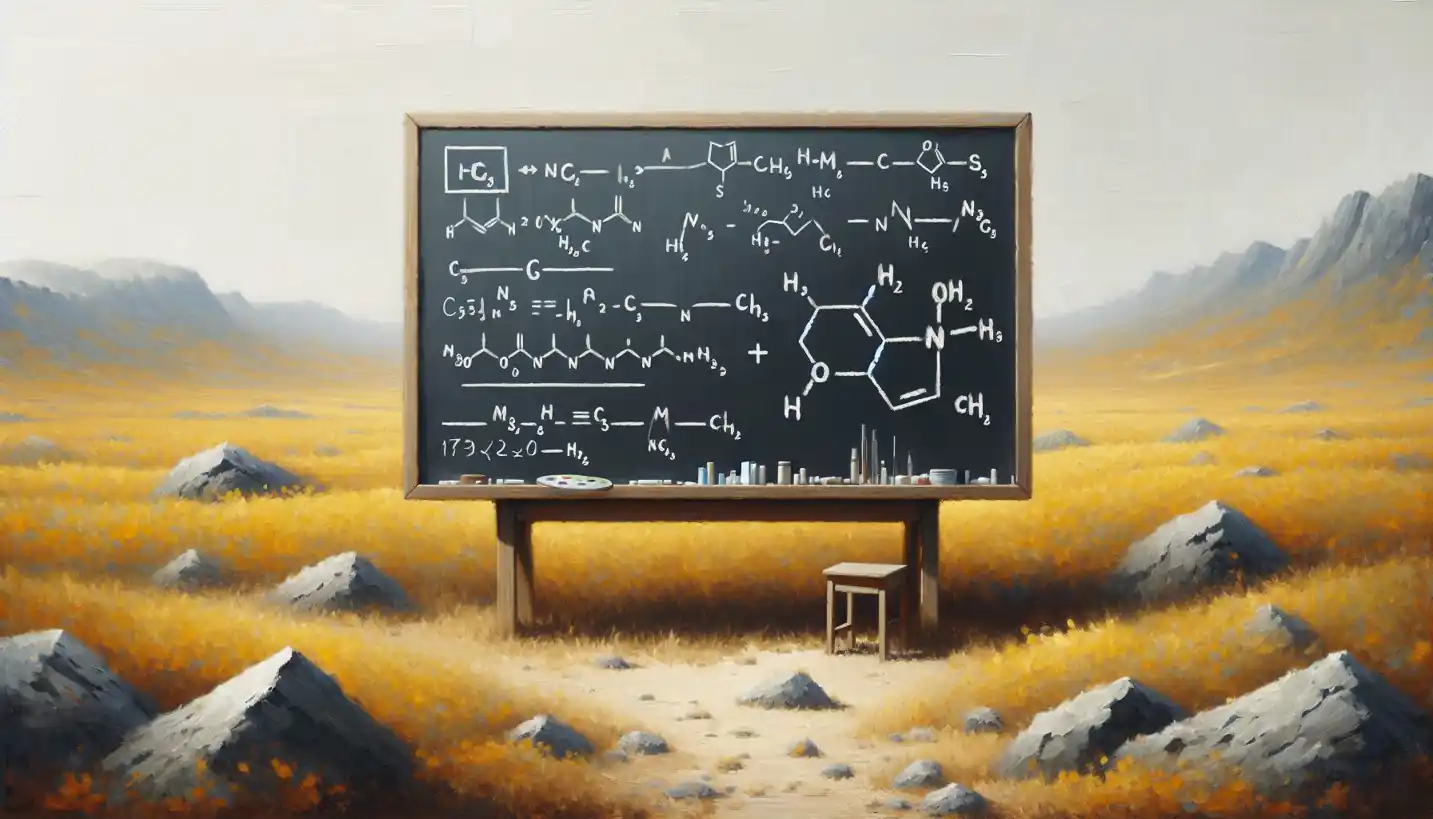· Chemistry · 3 min read
Dendrimers: The Marvels of Nanochemistry
Dendrimers are branching structures that boost chemical capabilities. Explore their potential in areas ranging from drug delivery to environmental tech.

Once you’re familiar with what makes our world tick, you’ll find that the very small can have a very big impact. Dendrimers, a fascinating concept in nanochemistry, serve as a perfect example of how tiny things are revolutionizing various fields, from medicine to materials science.
What Are Dendrimers?
Picture a family tree where each branch sprouts more branches, and those branches sprout even more. This is what a dendrimer looks like at the molecular level. They are highly branched, tree-like structures, and their name comes from the Greek word “dendron,” meaning tree. Think of them as tiny, synthetic trees, except each branch is meticulously structured with precise chemical arrangement.
How Are They Made?
Creating a dendrimer is a bit like assembling a complex Lego model. Chemists build them molecule by molecule, adding layers in a precise sequence. This process involves repeating units that connect to a central core, growing outward in a systematic fashion. The construction of each layer, or “generation,” adds complexity and functionality to the dendrimer.
Why Are Dendrimers Special?
Dendrimers are distinct for many reasons. First, their structure can be exactly controlled. While many natural molecules can be somewhat chaotic, dendrimers are built with precision. This means they can be tailored for specific purposes, much like how custom-made clothes fit better than off-the-rack ones.
Another cool feature is their “interior cavity.” Imagine a Swiss cheese with lots of tiny holes. These pockets can trap and hold other molecules, making dendrimers superb carriers for delivering drugs or other substances.
Applications in Medicine
One of the exciting frontiers for dendrimers is in the medical field. They can be used as carriers to deliver drugs directly to a targeted area in the body. This targeted delivery means fewer side effects compared to traditional methods, where drugs can affect healthy parts of the body.
Cancer treatment is an area where dendrimers show particular promise. Researchers are working on dendrimer-based systems that home in on cancer cells and release their load directly into these cells, sparing much of the surrounding healthy tissue.
Beyond Medicine: Other Uses
Dendrimers also have roles in other industries. In electronics, they can be used in the production of organic light-emitting diodes (OLEDs), which are used in TV and smartphone screens. They’re also being explored as agents in water purification systems due to their ability to capture pollutants effectively.
A Look into the Future
The possibilities with dendrimers seem endless. Imagine a world where these tiny structures help create more efficient solar panels or improve the performance of batteries. Or consider their role in advanced imaging techniques, offering better diagnostics with minimal invasiveness.
Researchers are continually discovering new ways to exploit these versatile molecules, opening doors to innovative solutions for some of today’s most pressing challenges.
The Importance of Dendrimers
As we venture further into the era of nanotechnology, dendrimers exemplify how manipulating the very small can lead to groundbreaking advancements. Their ability to be customized for specific tasks makes them an essential tool in the chemist’s toolkit.
Understanding and harnessing the power of dendrimers could lead to transformative technologies that not only improve our lives but also help protect our planet. Whether it’s smarter medications, better screens, or cleaner water, the impact of these nanomaterials could be profound.
Conclusion
The fascinating world of dendrimers in nanochemistry offers a glimpse into the future of science and technology. By representing the intersection of precision chemistry and innovative application, dendrimers highlight how the tiniest structures can have monumental effects. They are a testament to the power of detailed design in the nanoscale world, potentially changing the way we approach some of the world’s biggest problems. As research continues, who knows what other wonders these molecular trees might grow into?



